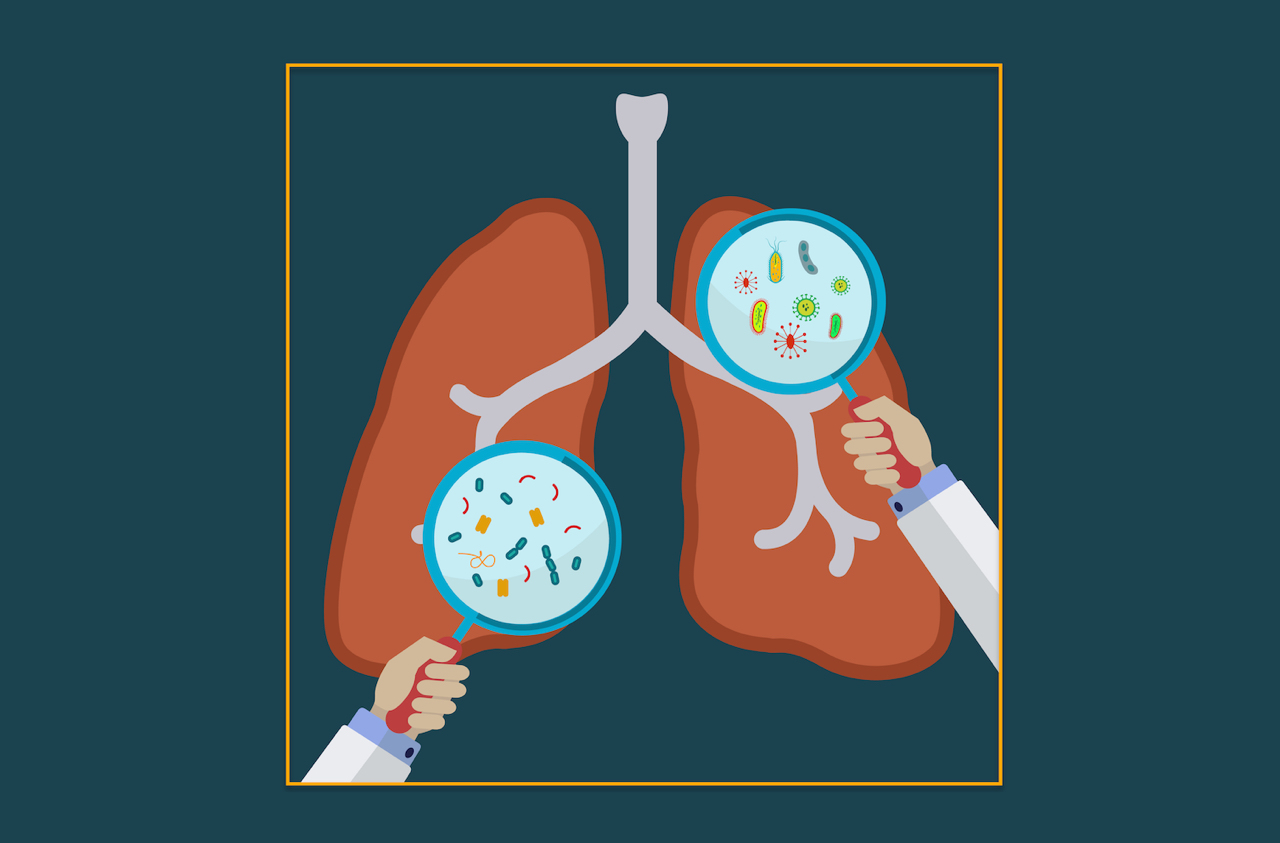These two conditions have similar symptoms, but they are very different! Here’s what you need to know.
Signs and symptoms
It’s not possible to diagnose TB or pneumonia, without some investigations, like x-rays and sputum tests. They can look very similar, with coughing, weakness, and fever, but here are some of the main symptoms to look out for in each condition:
| Tuberculosis | Pneumonia |
| Chest pain, or pain with breathing and coughing | Sweating |
| A fever higher in the afternoon | Chest pain |
| Sweating excessively at night. | Tiredness |
| Night chills | Shortness of breath |
| Tiredness that gets worse as the day goes on | Cough |
| Weight loss | Increased heart rate |
| Loss of appetite | Rapid breathing |
| Coughing that lasts three or more weeks with bloody sputum after a few days | Chills |
| Nausea, vomiting or diarrhoea | |
| Confusion or mental changes in elderly patients |
Tuberculosis is contagious, while pneumonia is not. This is because different bacteria cause each complication.
Mycobacterium tuberculosis is responsible for TB, while many bacteria, including and most usually, Streptococcus pneumoniae can cause pneumonia. The good news is that there are vaccines for both diseases, but the TB vaccine is most useful for children, so it’s often used only in developing countries.
The tuberculosis bacterium spreads through droplets of moisture that are released when an infected person coughs or sneezes, speaks or laughs. The disease spreads among people who live or work closely together. If you’re on treatment, you generally stop being contagious after about two weeks.
Pneumonia, on the other hand, usually happens when your immune system is weak and the bacteria in your respiratory system start to breed (grow). Smoking or being in the hospital increases the likelihood of developing the disease. Sometimes, pneumonia happens when a particularly strong strain of a bacterium is present and your body simply can’t fight it off.
Tuberculosis also shows symptoms slowly over time, while pneumonia comes on quickly, but elderly patients, or those with diabetes or HIV may not show symptoms of pneumonia. This is when it becomes difficult to tell apart the infections.
While many believe TB only infects the lungs, the disease can affect the kidneys, spine or brain. The symptoms will be different according to which part of your body is infected. Infected kidneys can cause bloody urine, while a spinal infection can cause back pain. The bacterium can spread throughout the body in the bloodstream. Pneumonia is restricted to your respiratory system.
There are two types of TB, latent and active. Latent TB is when the disease exists but there are no symptoms and it’s not contagious. Latent TB can become active TB, which is contagious and causes symptoms. Active TB can also show symptoms only years after infection.
Diagnosis and treatment
Tuberculosis is diagnosed if a patient reacts to a skin test. If a hard bump develops under the skin after 48 hours, this is a sign of TB. It’s important to know that the skin test is not always reliable, so there are blood tests as well.
For pneumonia, doctors use blood tests and chest X-rays.
Your doctor will give antibiotics to treat both the diseases. Patients only need to take medication for around eight days, and symptoms can clear up within three to four days.
TB takes time to treat. The length of treatment depends on your age, strength, and the location of the disease, amongst other factors. Patients will only show signs of improvement after three or more days, while a fever can take weeks to come down. Tuberculosis patients have to take their medication for six months at least. Finishing the full course of antibiotics can cure the majority of TB patients.

